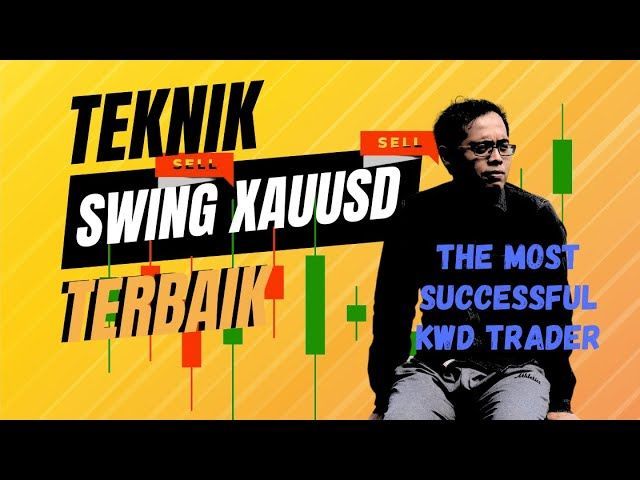How I Trade CPI News with PVT Technique
Trading in the financial markets can be a lucrative endeavor if approached with the right strategies and knowledge. In this blog, we will explore various trading techniques and discuss how to analyze market data to make informed trading decisions. Whether you are a beginner or an experienced trader, this guide will provide you with valuable insights into successful trading strategies.
Understanding Price Movements
Before diving into trading strategies, it is important to understand how price movements in the market occur. Price movements are influenced by various factors, including supply and demand, market sentiment, and economic indicators. Traders use technical analysis tools, such as charts and indicators, to analyze price patterns and identify potential trading opportunities.
- Support and Resistance Levels
Support and resistance levels are key concepts in technical analysis. Support levels are price levels where the demand for an asset is strong enough to prevent it from falling further. Resistance levels, on the other hand, are price levels where the supply of an asset is strong enough to prevent it from rising further. Identifying these levels can help traders make better trading decisions.
- Trends and Reversals
Trends and reversals are important concepts in technical analysis. Trends refer to the general direction in which an asset's price is moving. Reversals occur when an asset's price changes direction, signaling a potential change in trend. Traders use various technical indicators, such as moving averages and trendlines, to identify trends and potential reversal points.
Trading Strategies
Now that we have covered the basics of price movements and technical analysis, let's explore some popular trading strategies that traders use to profit from the financial markets.
- Breakout Trading
Breakout trading is a strategy that involves entering a trade when the price breaks above or below a key level of support or resistance. Traders believe that breakouts can lead to strong price movements and look for confirmation signals, such as increased volume or a strong price close, to enter trades.
- Trend Following
Trend following is a strategy that involves identifying the direction of the trend and trading in the same direction. Traders use technical indicators, such as moving averages and trendlines, to identify trends and enter trades. Trend following strategies can be profitable in trending markets but may result in losses in ranging or sideways markets.
- Range Trading
Range trading is a strategy that involves identifying key levels of support and resistance and trading within the range. Traders buy at the lower end of the range and sell at the upper end, taking advantage of price reversals at these levels. Range trading can be profitable in volatile markets but may result in losses in trending markets.
Risk Management
Risk management is a critical aspect of successful trading. Traders should always have a plan in place to manage their risk and protect their capital. This includes setting stop-loss orders to limit potential losses, diversifying their portfolio to spread risk, and using proper position sizing to manage their exposure to individual trades.
Conclusion
Trading in the financial markets can be a rewarding experience if approached with the right strategies and risk management techniques. By understanding price movements, using technical analysis tools, and implementing effective trading strategies, traders can increase their chances of success. Remember, trading is a continuous learning process, and it is important to stay updated with market trends and news to make informed trading decisions.
Share this article
Read More Article
Reading is good for brain to reduce Alzheimer

Nak baca blog kami terus ke email anda?
Subscribe di bawah. Anda akan menerima blog kami secara percuma terus ke email anda.
Jadi orang pertama membaca blog kami!







